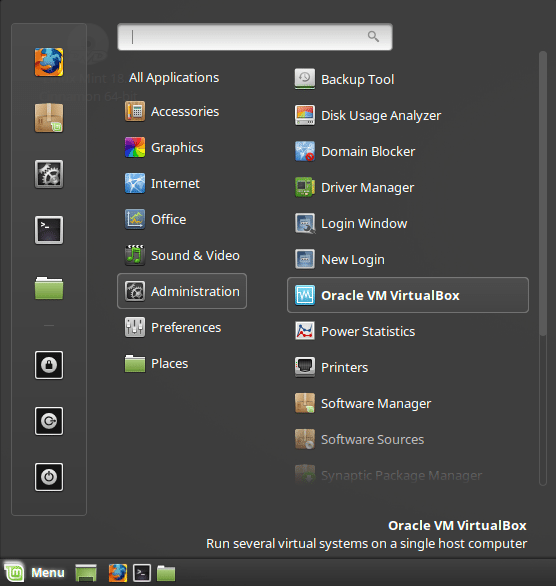
 AMD Radeon Ubuntu 20.04 Driver Installation. How to install missing ifconfig command on Debian Linux.
AMD Radeon Ubuntu 20.04 Driver Installation. How to install missing ifconfig command on Debian Linux.  Ubuntu 20.04 Remote Desktop Access from Windows 10. How to find my IP address on Ubuntu 20.04 Focal Fossa Linux. How to install the NVIDIA drivers on Ubuntu 20.04 Focal Fossa Linux. We also gave a brief list of things to keep in mind when it comes to the creation of symbolic links, such as the recommendation to provide absolute paths. In this guide, we saw how to create and remove symbolic links through command line examples. Symbolic links are nothing more than shortcuts, whose main function is that of convenience. Anyone can see where the symbolic link points to but only those with permission to access the original file can read, write, or execute it (depending on what permissions they have). Symbolic links don’t have permissions that you can modify. If not within the same directory, in many cases you must provide the full path to the file or directory in order for the symbolic link to work. Keep in mind that the ln command stores the actual path provided as a string. When a file or directory is deleted, the symbolic links that linked to that file or directory will remain, although they are now “broken.”. To remove a symbolic link, just use the rm command like you would to delete a file. However, before you go, there are a few more things you should know about symbolic links. The process works the same for directories. We can now use this symbolic link to access the file. It also shows us where the link points to, in our case /home/linuxconfig/example.txt. Upon viewing our link with ls -l, you’ll see the first letter is l, indicating that this file is a symbolic link. Lrwxrwxrwx 1 linuxconfig linuxconfig 29 Sep 8 18:08 /tmp/example.txt -> /home/linuxconfig/example.txt Let’s take a look at our newly created symbolic link with the ls command. $ ln -s /home/linuxconfig/example.txt /tmp/example.txt We’ll place the link inside the /tmp directory.
Ubuntu 20.04 Remote Desktop Access from Windows 10. How to find my IP address on Ubuntu 20.04 Focal Fossa Linux. How to install the NVIDIA drivers on Ubuntu 20.04 Focal Fossa Linux. We also gave a brief list of things to keep in mind when it comes to the creation of symbolic links, such as the recommendation to provide absolute paths. In this guide, we saw how to create and remove symbolic links through command line examples. Symbolic links are nothing more than shortcuts, whose main function is that of convenience. Anyone can see where the symbolic link points to but only those with permission to access the original file can read, write, or execute it (depending on what permissions they have). Symbolic links don’t have permissions that you can modify. If not within the same directory, in many cases you must provide the full path to the file or directory in order for the symbolic link to work. Keep in mind that the ln command stores the actual path provided as a string. When a file or directory is deleted, the symbolic links that linked to that file or directory will remain, although they are now “broken.”. To remove a symbolic link, just use the rm command like you would to delete a file. However, before you go, there are a few more things you should know about symbolic links. The process works the same for directories. We can now use this symbolic link to access the file. It also shows us where the link points to, in our case /home/linuxconfig/example.txt. Upon viewing our link with ls -l, you’ll see the first letter is l, indicating that this file is a symbolic link. Lrwxrwxrwx 1 linuxconfig linuxconfig 29 Sep 8 18:08 /tmp/example.txt -> /home/linuxconfig/example.txt Let’s take a look at our newly created symbolic link with the ls command. $ ln -s /home/linuxconfig/example.txt /tmp/example.txt We’ll place the link inside the /tmp directory. 
Next, let’s create a symbolic link to this file.$ echo "this is an example" > /home/linuxconfig/example.txt First, let’s create a simple text file that we can link to for an example.We also need to supply two arguments: the file/directory we want to link to, and the file which links to it. The ln (link) command is used to create links, and the -s option specifies that we wish to make a symbolic link.







 0 kommentar(er)
0 kommentar(er)
